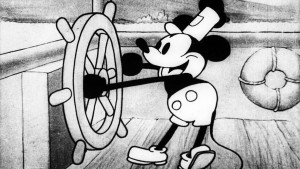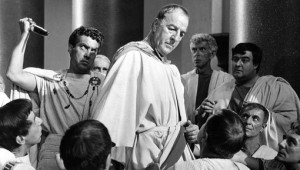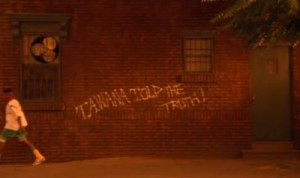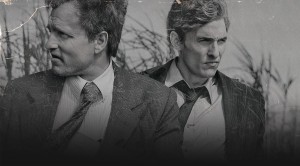https://www.youtube.com/watch?v=BBgghnQF6E4
Mickey-Mousing–overillustrating the action through the musical score, drawn from the conventions of composing for cartoons. An example of mickey-mousing is accompanying a character walking on tiptoe with music played by plucked strings.
Since we watched The Sandman the other day in class to see how music and sound editing play a key role in animation (particularly in terms of setting the scene or story), I thought it would be cool to show Steamboat Willie, which was the very first animated short to feature sound, paving the way for future animated works.
Most of you have probably either seen or heard of Steamboat Willie, because this was one of the very first Mickey Mouse cartoons and is considered one of the best pieces of animation. Debuting in 1928, the film was an enormous hit, not only because of its achievements in animation (for the time, the quality was considered “fluid”), but its in contributions to sound editing. Walt Disney was a firm believer that sound was important in telling a story, and even though buying the sound equipment and working with composers was incredibly expensive for an animation studio at the time, it was a worthwhile and groundbreaking investment.
While the animation itself is humorous, all of the actions are heightened and dramatized by the sounds that accompany them. Sure, in the real world bodies can’t stretch like Mr. Fantastic and then return to normal, so there wouldn’t be a sound that really corresponds with that. But in animation, the sound of a stretching rubber band can do a a great job of making this impossible action seem believable and understandable to an audience. Disney Studios combined an actual score with musical instruments, minor voice acting (provided by Walt Disney himself), and a variety of random household objects in order to make a convincing and entertaining story through sound. Each action would be entertaining on its own, but without the sounds they would be far less convincing. Some of the sounds are a little over the top, but they help to solidify this fake world.
Disney Animation Studios continued perfecting this technique for a few years, experimenting in a couple of shorts and eventually making Snow White and the Seven Dwarves (1937), which was the first fully-animated feature film, that also contained sound. Since then, Disney has been well-known for their ability to combine music and imagery to tell a powerful story. When they eventually branched into musicals (which includes all of our favorite 90s movies like The Little Mermaid, Beauty and the Beast, Lion King, Aladdin), they knew that not only could they make the songs catchy and relatable, but they could be used to tell the story of the film more effectively. They’ve come a long way since Steamboat Willie (the sound effects are a little more realistic and less “cartoonish”), but looking back, we can still appreciate this short film for introducing a new way to look at sound in film.







